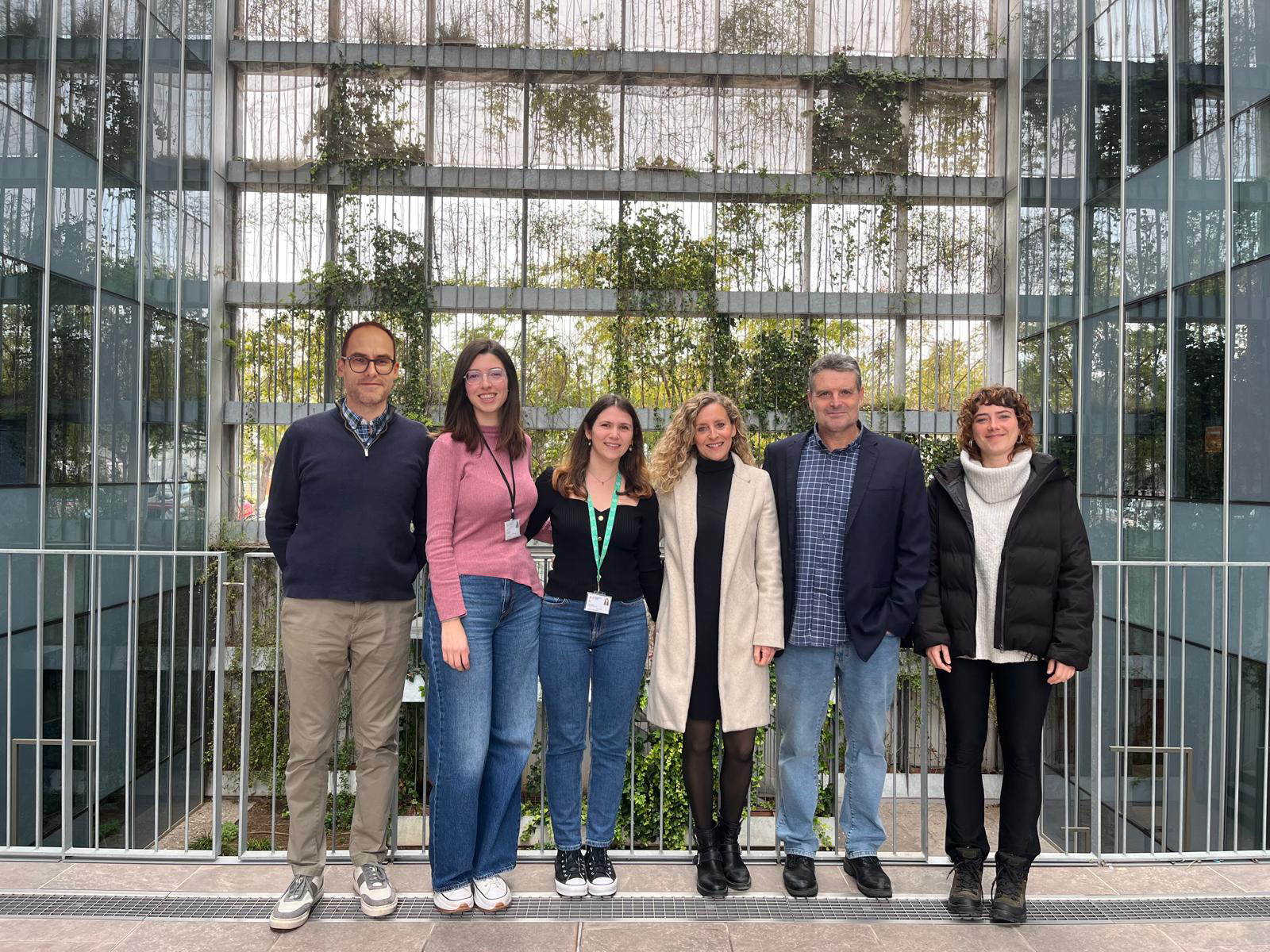
Through the EDUC-WIDE Access Call to Research Infrastructures, neuroscientist Maria Angeles Marqués TorrejóI from University I Jaume I University has been granted access to state-of-the-art research facilities at Masaryk University in Brno, in the Czech Republic, boosting her teams ongoing research project on the most lethal type of primary brain cancer there is.
- Further reading: The First EDUC-WIDE Access Call to Research Infrastructures
María Angeles Marqués Torrejón (uji.es) is a postdoctoral researcher in the prestigious national Ramón y Cajal Programme, leading the ONCOGENOMA research group, focusing on the origin and evolution of the cancer genome.

Her research seeks to understand the molecular mechanisms underlying glioblastoma stem cells. Glioblastoma is the most lethal type of primary brain cancer due to its aggressive nature and treatment-resistant characteristics.
“These stam cells are the reason why this tumour has such a poor prognosis, as they are highly infiltrating and evade current anti-tumour therapies.”
Mice and Men
At Masaryk University in Brno, in the Czech Republic, she will partake in sequencing the RNA of the glioblastoma stem cells to understand the molecular mechanisms that make them resistant to therapy.
The EDUC-WIDE Access to Research Infrastructures Programme has allowed her and her team to continue different projects in the glioblastoma research line and to generate data for three ongoing doctoral theses.
“This project is the key to generating data that will open up new glioblastoma research projects in the future.”
Thanks to the collaboration of the CEITEC Genomics and Bioinformatics Core Facility at Masaryk University, the researchers will be able to generate RNA sequencing data in human and mouse glioblastoma cell lines under different conditions.
“We hope that the results of this project will provide valuable insight into the different levels of gene expression that can lead to resistance to cancer treatments and will help to advance various research projects in the laboratory.”
Her own line
“I've always been a curious person, ever since I was a child, and I've always been passionate about biology, especially neuroscience. But I know how frustrating science can be sometimes, which is why I think it's so important to have a high vocation, enthusiasm and, above all, persistence.”
She counts herself lucky to have had a supportive network of like-minded people around her, both during her predoctoral stage at the University of Valencia and her postdoctoral stage at the University of Edinburgh. Now, at the UJI Department of Medicine, she holds the position of a Ramón y Cajal researcher at the Department of Medicine.
The Ramón y Cajal position is part of a national program established by the Spanish government to attract and retain talented researchers.
“I've created my own line of research surrounded by people with a lot of enthusiasm, which is essential and very gratifying. It's such a rewarding feeling to be surrounded by people who share your passion!“
Societal Impact
Since the Stupp protocol was established in 2005, there has been no improvement in the survival of glioblastoma patients in the absence of more effective treatments. The Stupp protocol is a standard treatment regimen for glioblastoma, combining radiotherapy with the chemotherapy drug temozolomide.
“It is possible that a deeper understanding of the molecular mechanisms underlying these cells could help to design more effective therapies and, therefore, improve the prognosis of these patients.”
Her goal is to improve the lives of patients with glioblastoma, knowing that it will take years to draw conclusions and final results from a biomedical research project of this size.